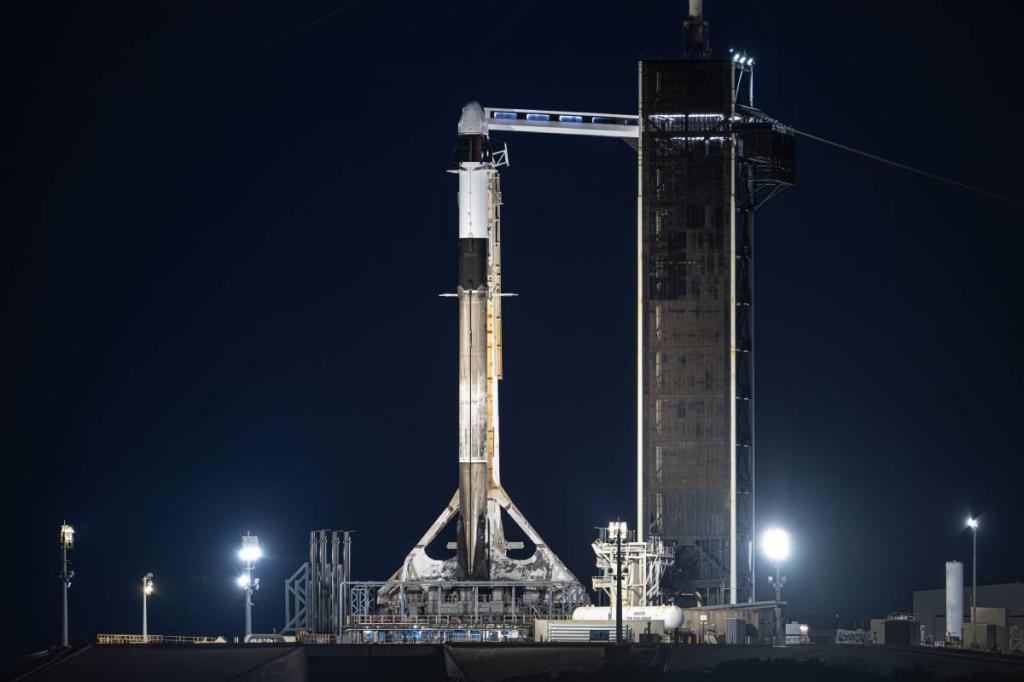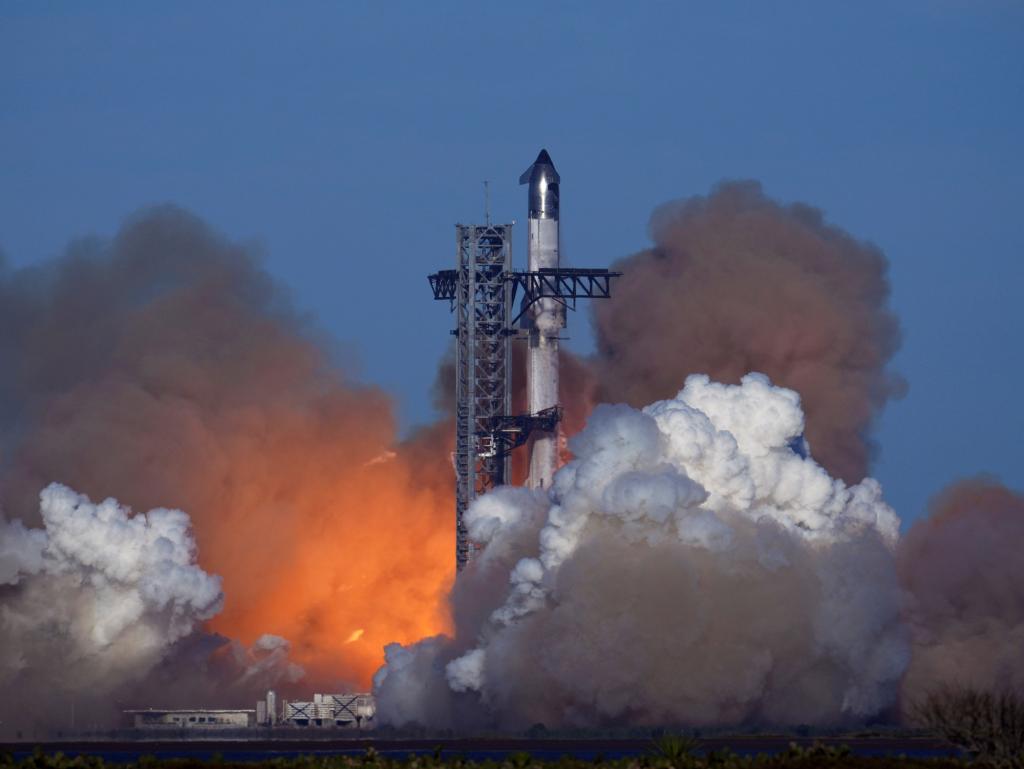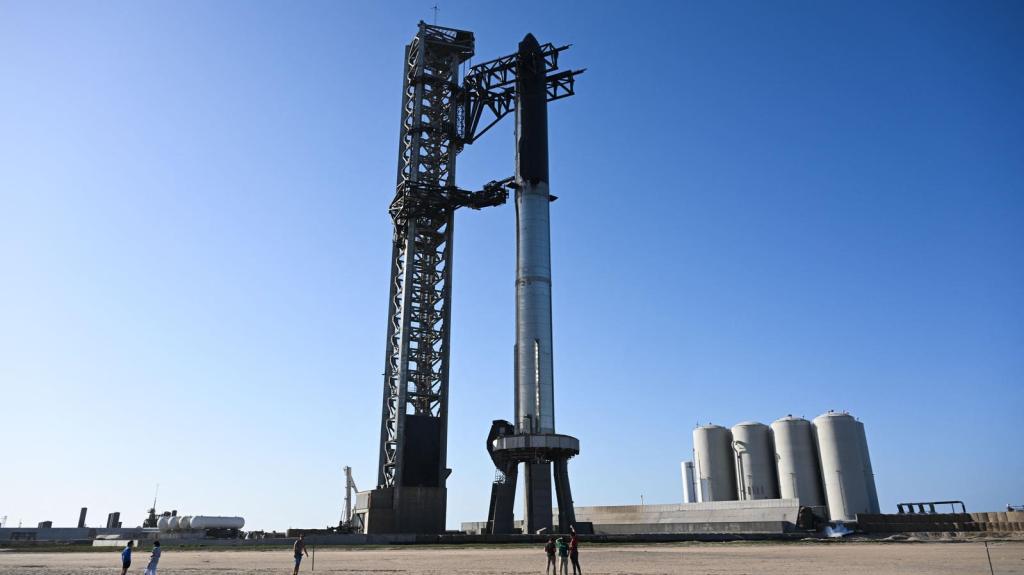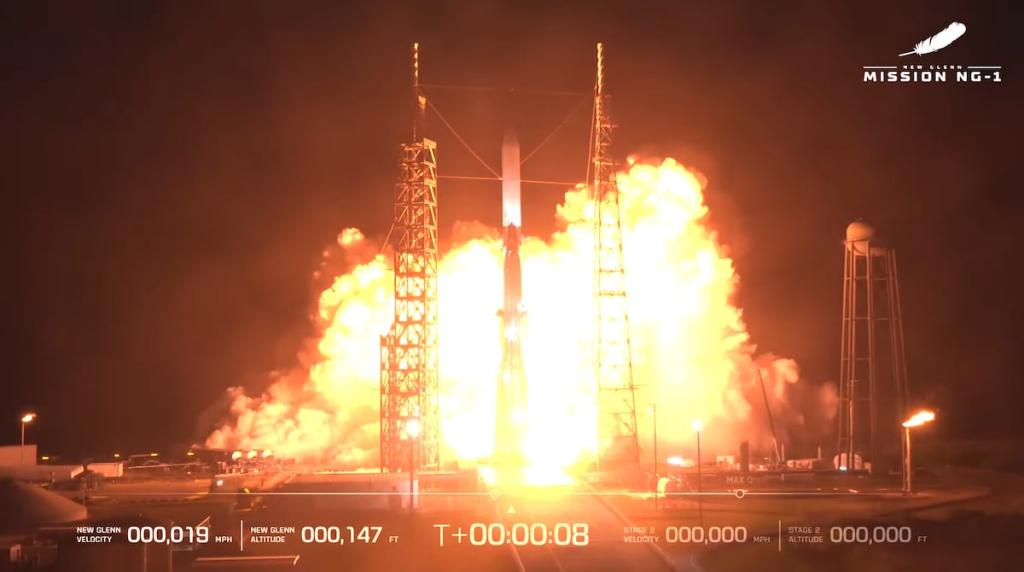SpaceX's Polaris Dawn Mission Sets New Milestones in Space Travel
Discover how SpaceX's Polaris Dawn mission is set to redefine commercial space travel with the first-ever private spacewalk and record-breaking altitudes.

Key Points
- The Polaris Dawn
mission aims to achieve a record altitude of 1,400 kilometers, far surpassing the
International Space Station.
- This mission will feature the first-ever commercial spacewalk, with astronauts Jared Isaacman
and Sarah Gillis stepping outside the
Crew Dragoncapsule.
- The crew will conduct around 40 experiments to study human health in space and evaluate new technologies for future missions.
In the realm of space exploration, delays can often feel disheartening to eager onlookers, but in the case of
's upcoming Polaris Dawn mission, this postponement represents a step toward safety and reliability in private space travel. Initially set for launch on August 27, this groundbreaking mission featuring the first-ever commercial spacewalk has been moved to August 28 due to a helium leak detected ground-side. This event highlights not only the risks associated with exploring the final frontier but also SpaceX's commitment to thorough investigations before any liftoff.

Understanding the Polaris Dawn Mission
The Polaris Dawn mission is a pivotal step in commercial space exploration. Spearheaded by billionaire Jared Isaacman, who previously flew aboard SpaceX’s Inspiration4, Polaris Dawn aims to achieve several significant objectives. The crew, consisting of four private astronauts, will soar to an unprecedented altitude of 1,400 kilometers, significantly surpassing the height of the International Space Station (ISS), which orbits at roughly 400 kilometers. This height not only sets a new record for crewed flights but also brings the astronauts closer to the
, offering unique research opportunities.
The Pioneering Spacewalk
What truly sets this mission apart is its focus on the first-ever commercial spacewalk. Planned for the third day of the mission, this spacewalk will see Isaacman and SpaceX engineers Sarah Gillis and Anna Menon each venture outside the Crew Dragon capsule. Each astronaut will spend about 15 to 20 minutes in the vacuum of space, tethered to the vehicle, allowing for scientific observations and experiments that could yield valuable data about human performance and safety during extravehicular activities (EVAs).
Unlike traditional spacewalks conducted under NASA’s auspices, this mission positions private astronauts at the forefront of space exploration, showcasing SpaceX’s advancements in operational capabilities and astronaut training. Over the past two years, the crew has undergone rigorous preparations, including simulating spaceflight conditions and partaking in survival training, proving their readiness for this historic undertaking.
Significance of Research and Technology Testing
Beyond the pioneering spacewalk, Polaris Dawn is set to conduct approximately 40 experiments aimed at understanding human health in long-duration space travel. These investigations are crucial as humanity pushes further into deep space, eventually aiming for destinations like Mars. The mission will also test SpaceX’s
communication technology, further enhancing the potential for future missions.
The outcome of this mission will have implications well beyond the immediate objectives. By evaluating how space conditions affect the human body and testing the performance of new equipment, SpaceX hopes to pave the way for subsequent missions, where safety and effectiveness are paramount.
A Step Back for a Leap Forward
While the delay of the Polaris Dawn mission may seem setback, it embodies the meticulous approach required for successful space endeavors. In a field where every variable must be considered, ensuring the safety of the crew and the integrity of the spacecraft is non-negotiable. SpaceX's ability to identify and address technical issues reflects their dedication to pioneering safe commercial space travel.
As we anticipate the updated launch window, the excitement surrounding the Polaris Dawn mission remains palpable. It symbolizes not just a leap for SpaceX and its ambitious plans but also for all of humanity as we venture into uncharted territories. The mission is set to conclude with a splashdown off the coast of Florida, marking the successful return of the crew after a five-day journey.
In summary, the Polaris Dawn mission not only aims to rewrite the history books with its ambitious plans for a commercial spacewalk but also underscores the importance of safety and preparation in space exploration. With key objectives focused on record-breaking altitudes and vital human health research, this mission stands as a testament to our growing capabilities in venturing beyond Earth, taking measured steps towards a future where space travel becomes accessible to all.


